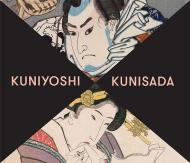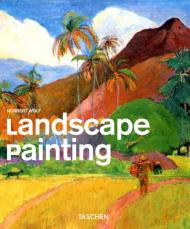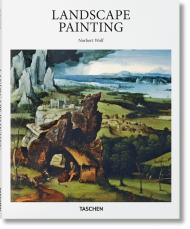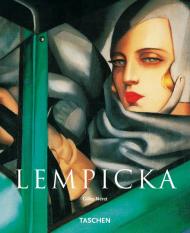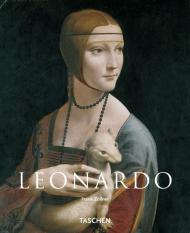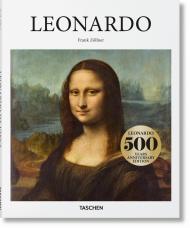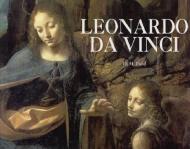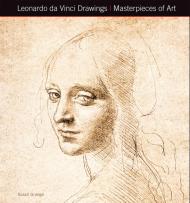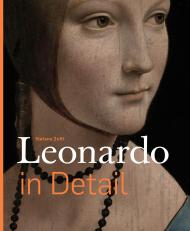Illustrations: 300 à 350 illustrations, 4 doubles pages dépliantes (120 cm) en couleur
L'histoire de Venise se lit dans la peinture.
La cité est née et s'est imposée dès le Moyen Âge. C'est au IXe siècle que ses bateaux rapportent d'Alexandrie les restes de Marc l'Évangéliste en l'honneur de qui est édifiée la basilique San Marco. Avec Théodore qui domine du haut de sa colonne la Piazzetta, il veillera sur Venise près de mille ans. C'est longtemps vers l'est que la République a tourné ses regards : elle utilise et orchestre la quatrième croisade en 1204 qui lui permet de prendre Constantinople. Et, si le XIVe siècle italien hésite entre le dynamisme de Gênes et la domination de la Sérénissime, la victoire vénitienne de Chioggia installe pour longtemps une prééminence incontestée et tranquille.
Que s'installent les peintres, les graveurs et les imprimeurs, que les humanistes célèbrent la Seigneurie, que le doge épouse la mer et invoque les saints protecteurs de la cité ! Que les églises, les chapelles et les scuole se dressent et célèbrent la République devant laquelle tous les grands se prosternent en même temps qu'elle-même ne s'incline que devant la Vierge Marie ! Car, à célébrer la Mère du Christ dans son apothéose, Venise ne se glorifie-t-elle pas elle-même ?
Et comme s'il ne suffisait pas de préparer le Ciel, il faut que la terre fragile de la cité s'orne des plus beaux édifices, églises, basilique, palais magnifiquement décorés où se rendent avec ostentation les doges en processions pour toutes les fêtes, religieuses ou civiles, qui ponctuent la vie quotidienne .
Le siècle des Lumières verra fleurir au milieu des artistes les poètes et les dramaturges comme la Renaissance avait accueilli les musiciens et les architectes. Premier État moderne occidental, la puissante République survit aux grandes catastrophes européennes jusqu'à la perte de sa liberté quand Bonaparte à la fin du XVIIIe siècle puis les Autrichiens au XIXe siècle et enfin l'Unité italienne s'imposent à elle.
Meurt le temps de la splendeur et des défis. Meurent le dernier des doges et le Sénat vénitien. Meurent les parades du Bucentaure et les grandes processions dans la ville. C'est le temps des fonctionnaires italiens centralisateurs, des voyageurs anglais nonchalants, des touristes français romantiques ou impressionnistes. La République s'est éteinte après avoir éclairé pendant dix siècles l'histoire de l'art de l'Europe dont le ciel a été pour toujours illuminé.
Car l'âge d'or historique de Venise a correspondu, comme rarement ailleurs, à une intense création artistique. À ses armateurs maîtres de la Méditerranée, à ses marchands qui tiennent le commerce européen répondent les œuvres de Carpaccio, Bellini, Véronèse, Le Tintoret, Giorgione, Titien qui célèbrent son éclat et ses victoires, les miracles architecturaux de Sansovino, de Longhena et de Palladio. La « Ville miraculeuse » chantée par Pétrarque, la Venise de Longhi, de Canaletto, de Tiepolo et de Guardi ne s'évanouit que doucement, ombre d'une splendeur devenue exsangue, comme la mémoire de ses rêves d'une République idéale. Quand son pouvoir s'efface, c'est l'Europe qui accourt à ce rendez-vous privilégié où se succèdent Mozart, Goethe, lord Byron, Richard Wagner, Marcel Proust et Thomas Mann. La disparition des peintres officiels fait place aux Delacroix, Turner, Renoir, Monet, Ziem, Sargent qui disent à leur tour l'incomparable éclat qui ne s'éteint jamais et comprennent aussi qu'on ne naît pas Vénitien, on le devient.
Venise raconte désormais son histoire dans une galerie d'images vivantes qu'ont fixées les plus grands artistes qu'elle a inspirés. Des centaines de tableaux, de dessins et de manuscrits à peinture, reproduits avec leurs détails principaux dans un format exceptionnel, composent ce musée imaginaire dont elle est à la fois l'auteur et l'acteur principal.
